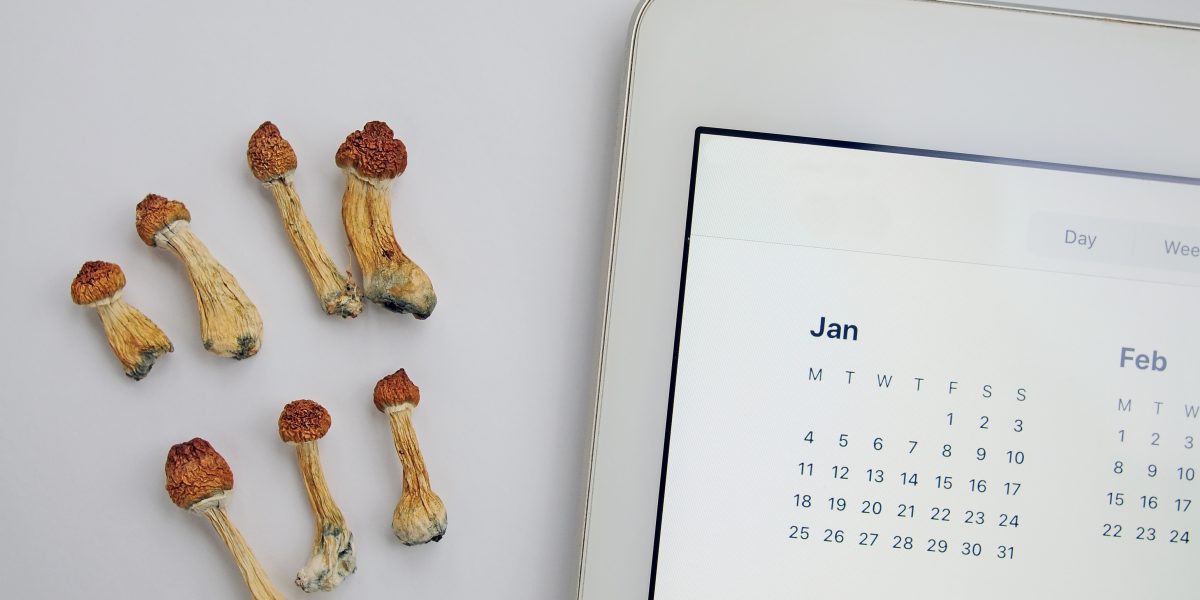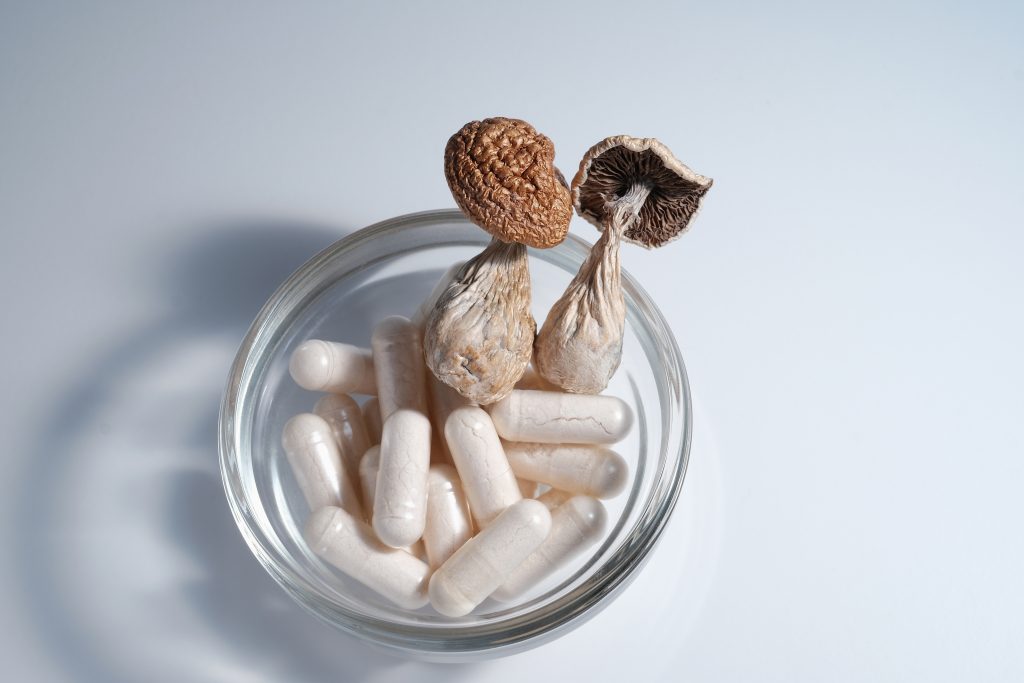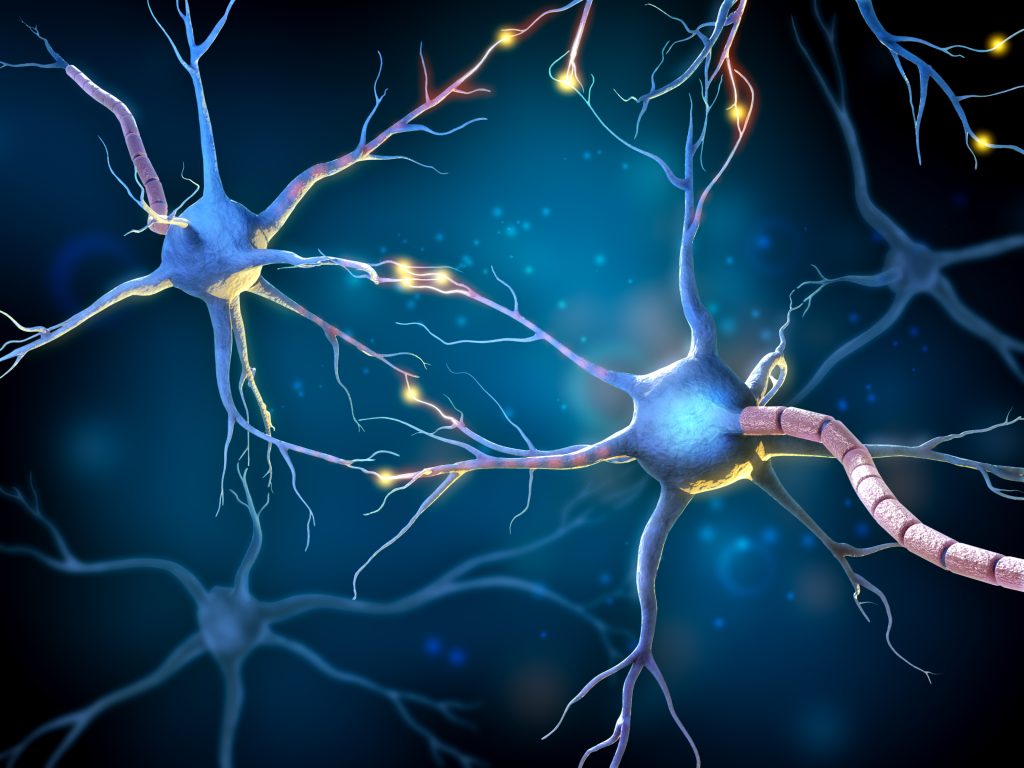
in this article
- The Science of Psychedelic-Induced Neuroplasticity
- Microdosing and Neuroplasticity
Are you 18 or older?
Please confirm that your are 18 years of age or older.
You are not allowed to access the page.

Disclaimer: The views and opinions expressed in this article are those of the authors and do not necessarily reflect the official policy or position of the Chemical Collective or any associated parties.
It’s easy to find glowing accounts of microdosing. On psychedelic-related subreddits and forums, on social media, on blogs, and in real-life psychedelic circles, many people report incredible, life-changing, and wide-ranging benefits from taking tiny, sub-perceptual doses of psychedelics (typically psilocybin mushrooms and LSD). Despite reports of persistent depression fading away, not needing psychiatric medications anymore, or simply enjoying life to a degree not experienced before, many psychedelic researchers stress that these benefits may be predominantly caused by the placebo effect. This means users’ expectations are largely determining the benefits.
However, it is also premature to conclude that microdosing helps people only or predominantly because of the placebo effect. As Vince Polito – a Senior Lecturer in the School of Psychological Sciences at Macquarie University – remarks:
[I]t is premature to rule out a pharmacological effect of microdosing for two reasons:
First, lab studies so far have only looked at the short-term effects of microdosing (the longest involved 7 doses). It may be that benefits of microdosing emerge only after a longer dosing schedule.
Second, there has not yet been any clinical trial of microdosing. All lab-based studies to date have investigated healthy populations. It may be that there are clinical benefits that are specific to particular conditions.
Similarly, Polito and fellow researcher Paul Liknaitzky state the following in a 2024 review of LSD and psilocybin microdosing studies, published in the Journal of Psychopharmacology:
The reviewed papers indicated that microdosing with LSD and psilocybin leads to changes in neurobiology, physiology, subjective experience, affect, and cognition relative to placebo. We evaluate methodological gaps and challenges in microdosing research and suggest eight reasons why current claims that microdosing is predominately a placebo are premature and possibly wrong: (1) there have been only a small number of controlled studies; (2) studies have had small sample sizes; (3) there is evidence of dose-dependent effects; (4) studies have only investigated the effects of a small number of doses; (5) the doses investigated may have been too small; (6) studies have looked only at non-clinical populations; (7) studies so far have been susceptible to selection bias; and (8) the measured impact of expectancy is small. Considering the available evidence, we conclude that it is not yet possible to determine whether microdosing is a placebo.

One way microdosing could have non-placebo benefits for clinical populations is by enhancing neuroplasticity (the formation and reorganisation of neural connections). So while many studies have found that microdosing’s benefits are more or less equal to those produced by a placebo, longer-term studies (on clinical populations) may show that microdosing, over time, can enhance neuroplasticity, thereby contributing to the mental health benefits that many users report. This could also mean that while many people report not noticing much effect or benefit when they microdose, there could be benefits accruing over time if they follow a microdosing regimen. (However, users should also be aware of possible heart-related risks involved in long-term microdosing.)
I’ve covered the connection between psychedelics and neuroplasticity elsewhere (see this post I wrote for Odyssey). Research on LSD and psilocin (the active chemical that psilocybin breaks down into when ingested) finds that the two compounds promote neuroplasticity. They do so by binding to TrkB, the receptor for brain-derived neurotrophic factor (BDNF)
Interestingly, the authors of a 2023 study published in Nature Neuroscience discovered that “lysergic acid diethylamide (LSD) and psilocin directly bind to TrkB with affinities 1,000-fold higher than those for other antidepressants”. We know from a wealth of previous research that BDNF plays a crucial role in neuroplasticity. This protein helps support the survival of existing neurons and encourages the growth and differentiation of new neurons and synapses.
Another way in which psychedelics can promote neuroplasticity is by desynchronising the brain: during a psychedelic session, we see less synchronised activity at the level of neurons, brain regions, and the brain as a whole. This means that activity is occurring at different times, which is a departure from typical synchronised patterns. Other terms for this desynchronisation of neural activity include increased entropy, disorder, disorganisation, or randomness. Researchers believe that these brain effects are correlated not only with acute subjective effects but increased neuroplasticity as well.
Enhanced neuroplasticity also outlasts the psychedelic session. As DMT researcher Rick Strassman writes in The Psychedelic Handbook:
These [neuroplasticity] effects continue over time – a couple of weeks to a month – and may correspond in humans to the afterglow or “critical period” during which milder but real benefit continues to accrue after one’s drug session.
Psychedelic-induced neuroplasticity is believed to explain some of the psychological benefits we see resulting from psychedelic sessions. (How much it explains these benefits remains uncertain, as many researchers believe the quality of the psychedelic experience to be critical, and in the context of psychedelic therapy, the psychotherapeutic approach and therapeutic alliance can make a difference too.)
One reason this increased neuroplasticity can help a range of mental health conditions – including depression, PTSD, OCD, addiction, and anorexia – is that many forms of mental distress are related to rigid mental patterns. By increasing neuroplasticity, or the ability of the brain’s neural connections to reorganise, ruminative ways of thinking can become ‘unstuck’, and new perspectives and insights emerge. These perspectives and insights can be especially curative when they involve emotional catharsis, acceptance, self-compassion, and alterations to one’s sense of self.
Relatedly, many forms of psychological distress are correlated with atrophy and reduced activity in certain brain regions, as well as heightened activity in others. For instance, the atrophy of neurons in the prefrontal cortex has been implicated in depression. As a result of this atrophy, the prefrontal cortex becomes underactive, thereby losing the control it normally has over the amygdala (a brain region involved in the processing of emotions). The amygdala then becomes overactive. This is associated with rumination, intrusive thoughts, negative thinking about the future, and impaired concentration.
It is believed that psychedelic-induced neuroplasticity can reverse or improve some of the underactive/active brain regions, thereby restoring their normal functioning. Indeed, researchers have found that enhanced neuroplasticity in the prefrontal cortex and hippocampus after psychedelic intake is correlated with antidepressant effects.

Nevertheless, it’s important to stress that all these studies on psychedelics and neuroplasticity involve macrodoses, not microdoses. The neuroplasticity observed in psychedelic clinical trials involves doses high enough to induce mystical experiences. (For example, 25 mg of synthetic psilocybin is equivalent to around 2.5–3.5 g of dried Psilocybe cubensis mushrooms. This may not seem like a very high dose, but one also has to take into account the impact of ‘set and setting’.)
By way of contrast, microdosing involves taking a 10th to a 20th of a normal dose of shrooms: depending on the species/strain, this would be 0.075–0.3 g. Given how small the dose is, it may seem, at face value, that the neuroplasticity induced by microdosing would be much smaller than that promoted by macrodosing. Alternatively, one might question whether any beneficial neuroplasticity results from such small doses. Let’s take a look at what the research on microdosing has revealed so far.
The Beckley Foundation was involved in a 2020 study on LSD microdosing and BDNF. It reported the findings on its website:
Given the interest in BDNF as a key player in several neurodegenerative and neuropsychiatric disorders and preclinical data showing psychedelics induced neuroplasticity even at low doses of psychedelics, our Beckley/Maastricht dose-finding microdosing study included, among other measures, that of changes in BDNF plasma levels following low doses of LSD (5, 10, and 20 μg) and a placebo, in healthy volunteers.
The findings demonstrated an increase in BDNF blood plasma levels starting 4h after LSD administration. 6h after administration, the plasma level of BDNF was proportionate to the dose of LSD administered.
It’s worth emphasising, however, that this was a study on healthy volunteers. As the Beckley Foundation states, “The finding that LSD acutely increases BDNF levels warrants studies in patient populations.” Research on microdosing and BDNF in clinical populations may yield different results, such as differences in BDNF levels after psychedelic intake, as well as distinct psychological effects.
In The Psychedelic Handbook, Strassman adopts a critical stance on microdosing. He notes that microdosing involves “a host of placebo-related factors – expectation, selection bias, and suggestibility.” Still, he does not dismiss the benefits of microdosing, and he is open to the possibility that it promotes neuroplasticity. As he said in my interview with him:
Much of the data regarding microdosing suggests that placebo response plays a major role in the described benefits. But placebo is a good thing if it is directed in the proper manner. One of the reasons psychedelics appear to be panaceas is perhaps due to their placebo-enhancing effects, and if small non-psychoactive doses of psychedelics also enhance the placebo response, I don’t see any harm if people feel better and there are no troubling toxicity issues.
Microdosing may also stimulate neurogenesis and neuroplasticity, as well as produce some of the same serotonin receptor effects as SSRI antidepressants–these two factors play an additional role.
Currently, researchers can only speculate on microdosing having a meaningful effect on neuroplasticity. For example, it has been suggested that placebos may enhance neuroplasticity in certain brain regions implicated in depression. If true, then it is possible that microdosing does increase neuroplasticity but it does so because of its powerful placebo effects. In other words, when people regularly microdose – and they are told, believe, expect, and want it to work – their expectations, rather than the chemical itself, drive the neuroplastic effects.
On the other hand, given the limitations of existing research on microdosing pointed out by Polito and Liknaitzky, we should be open to the possibility that regular microdosing does enhance neuroplasticity in a non-placebo fashion. Longer-term, rigorous, placebo-controlled studies on clinical populations could demonstrate this. And if they did, microdosing would then gain more legitimacy as a mental health treatment.
While macrodosing psychedelics, alongside psychological support, continues to be a promising novel treatment, microdosing could be an effective alternative for those hesitant about taking full doses of psychedelics or those who might face unique risks if they did venture into that territory. Microdosing may also help as an adjunct to macrodosing, perhaps helping to maintain the beneficial neuroplastic effects seen after psychedelic sessions.
Sam Woolfe | Community Blogger at Chemical Collective | www.samwoolfe.com
Sam is one of our community bloggers here at Chemical Collective. If you’re interested in joining our blogging team and getting paid to write about subjects you’re passionate about, please reach out to David via email at blog@chemical-collective.com

Welcome to Chemical Collective.
Create an account to earn 200 welcome points.
Already have an account? Sign in


Check out our Community Blog and get involved with the conversation. You will be awarded 50 x ChemCoins for each comment up to a limit of 250 total ChemCoins.


Have you purchased any of our products? Reviews and reports are so important to the community. Share your honest opinion, and we’ll reward you with 50 ChemCoins for each review!


Every time you complete an order with us, you’ll be awarded ChemCoins for each Euro spent.
Welcome to Chemical Collective.
Create an account to earn 200 welcome points.
Already have an account? Sign in

Earn commission every time someone makes a purchase through your link.
When you become an affiliate, you will be allocated a unique link to share with your friends, followers, subscribers, or Aunt Susan.
You can choose to payout the commission earned once per month, or save it up to receive on a rainy day! Commission earned is 5% of the total order value per referral.
Contact us to join the Chemical Collective family and become an affiliate.
share your toughts
Join the Conversation.